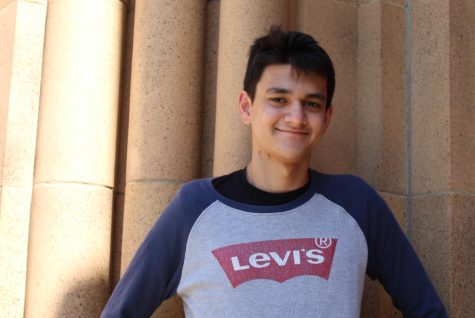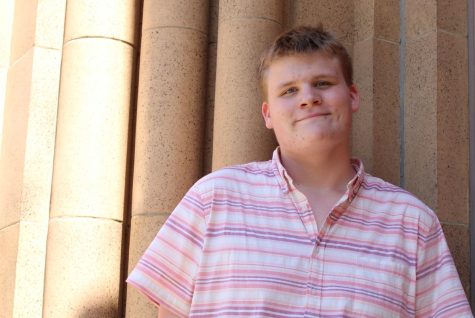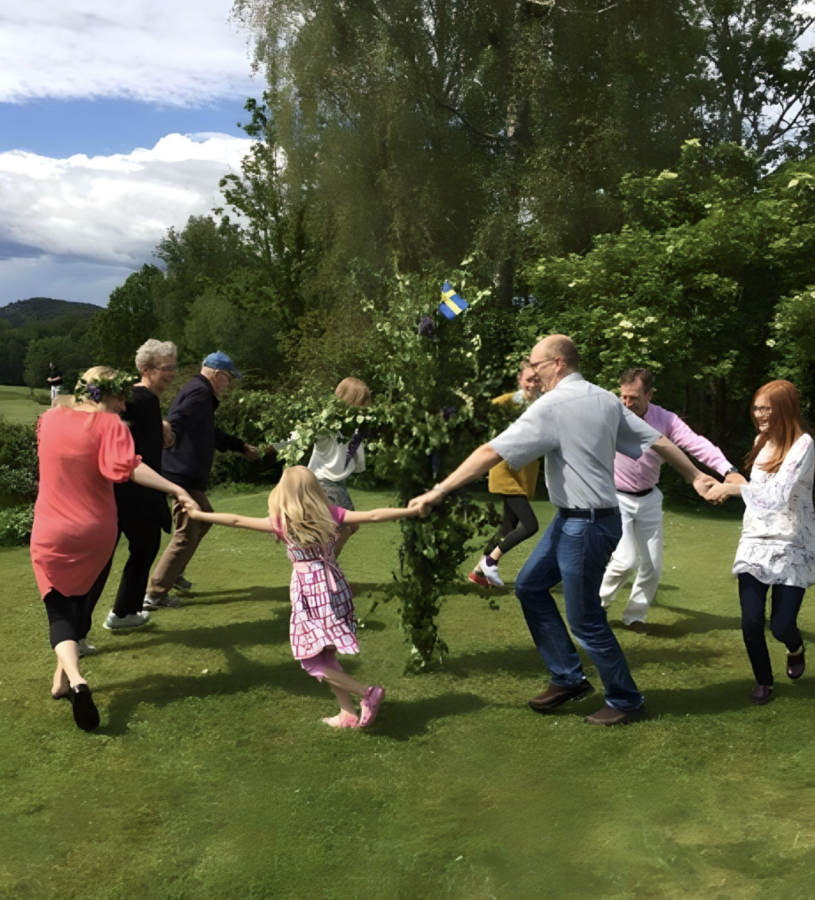A Midsommar Day’s Dream
A traditional Swedish holiday and what it means to a Paly family
The changing of the season is celebrated by many as the days get longer, the weather gets warmer, and the kids get a long awaited break from school. For people from Sweden, this time is particularly special as they celebrate the Midsommar festival. term “Midsommar” might evoke feelings of fear and images of cults performing grisly rituals after Ari Aster’s hit film “Midsommar,” but the real holiday this film is based on has deep roots that go back thousands of years.
“I promise we do not burn people,” Elsa Lagerblad, a freshman at Paly said, about the misconceptions that arose about this holiday after the release of the horror film. “We do not kill people.”
Lagerblad celebrates the Midsommar festival with her family every year and it remains an important part of her culture and summer traditions.
“Midsommar usually takes place around the height of summer, which is when it’s brightest,” Lagerblad said. “And because Sweden is a very northern country, it can sometimes be bright until midnight.”
Originally a Pagan holiday, Midsommar is a celebration of the fertility and light that comes with the new season.
“The sun just doesn’t set,” Elsa Lagerblad said. “So the celebration of like how we’ve planted all our crops, the sun is high, everyone’s just happy. It’s just about having a good time.”
Susanna Lagerblad, Elsa’s mother, is from Sweden and works at a Swedish school for kids. She has had a lot of experience with Midsommar and its traditions, including some of the legends that come with the holiday every year.
“Midsommar night is magical and a bit superstitious,” Susanna said.“The line between the real world and the superstitious world is really thin during Midsommar night.”
Ancient superstitions still exist around such important old holidays like this. Susanna cites one of women being able to see the future as an example.
“Women could go out and collect different kinds of flowers and put them under their pillow,” Susanna said. “And then in dreams they would see their future husbands.”
Besides the ancient superstitions, Midsommar celebrations traditionally involve a communal dance around the Maypole, a long pole which is put into the grass, where various celebrations commence.
“We make a pole out of birch leaves, branches and flowers that we find in the area,” Elsa said. “It usually is a cross looking thing with two circles and we make little flower crowns and we sing songs.”
Celebrations around the maypole usually involve dances, some of which are very playful in nature.
“The dances are spectacular,” Susanna said. “We have one that’s called the frog where we dance around the pole and pretend to be frogs.”
Another important component of a Midsommar celebration is the large meal with traditional dishes, typically eaten with family and friends to celebrate the season.
“We usually have a big dinner and we invite neighbors and family,” Lagerblad said. “We love to eat pickled fish, pickled herring specifically, eggs, potatoes and sausages, which is traditional Swedish food.”

No Midsommar feast is complete without strawberries, which are used to make desserts like a strawberry cake to finish up the feast. This aspect of the meal is particularly special considering the small amount of time in the summer you can get them in Sweden.
“We only have strawberries for about four weeks in Sweden,” Susanna said. “And it is always this question: ‘Will they be ready for Midsommar?’”
The opportunity to hang out with family and friends to enjoy a fun dance or tasty meal is something that makes traditional holidays such as Midsommar so special.
“It’s just so nice to be able to have everyone together for dinner and get to catch up with people that you haven’t seen in so long,” Elsa said. “I love it.”
With all the summertime joy that comes with the celebration of Midsommar, also comes a sad remembrance that days are only going to get darker.
“You know from this day on it’s going to get darker again, so it’s also a tiny bit sad, because this is the brightest day,” Susanna said.
Though there is a melancholic undertone to the celebration for Swedish people, the event remains mostly joyous and optimistic.
“It’s like a turning point,” Susanna said. “After Midsommar, we go towards brighter times.”
For Elsa, the memories of these fun summer celebrations that are such an important part of her family and culture will be with her for the rest of her life. In particular, her fondest memories of Midsommar involve coming to Sweden to celebrate with her family
“When I was little, my family and I, cousins, aunts, uncles, we all just got in a circle and danced around the [maypole] and sang songs,” Lagerblad said. It was just a really good time, and I remember that the sun was shining and grass was on my feet. I was just having a great time in the sun in the summer and appreciating nature. It was really nice.”
Saint Nikolaus Day
Niklas Hagstroem, a senior at Paly, has fond memories of celebrating the German Saint Nikolaus (or Nicholas) day around Christmas time every year. Besides just the delivery of presents like in the US, the celebration involves putting a boot out for Saint Nikolaus to put goodies into.
“Traditionally it’s chestnuts, but nowadays it is just any present,” Hagstroem said.
The playful nature of this tradition continues to enchant Hagstroem.
“It’s pretty whimsical,” Hagstroem said. “I got to say the boot is a nice novelty.”
One particularly amusing memory that stands out to Hagstroem, was when his mother used this tradition to encourage him to keep learning their cultural language.
“I remember my mom (as Saint Nikolaus) put a letter in the boot saying, ‘no more presents if you don’t learn German’ so I remember thinking ‘oh no I’ve angered Saint Nikolaus,’” Hagstroem said. “That was pretty traumatizing.”
There are a lot of tasty foods eaten as part of these celebrations, but one stands out particularly to Hagstroem.
“Schinkennudeln is pretty good,” Hagstroem said. “It’s basically spaghetti carbonara but with maggi (similar to soy sauce) on it.”
The food and traditions that come with cultural holidays like Midsommar and Saint Nikolaus day are a lot of fun, but the true value of these holidays comes not with the day itself, but the time spent with those you love.

2022-2023 - Staff Writer
I joined C-Mag because I wanted to try something new for myself. I love C-Mag's ability to share diverse stories. I love journalism...

2021-2022 - Staff Writer
2022-2023 - Managing Editor
Pronouns: he/him







